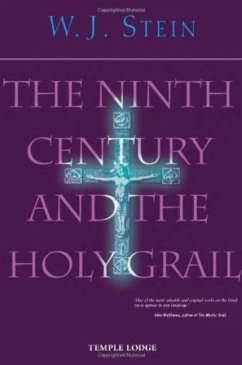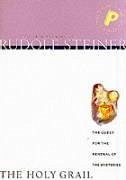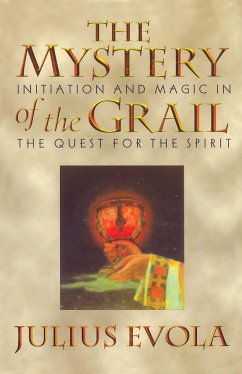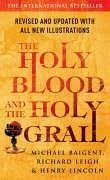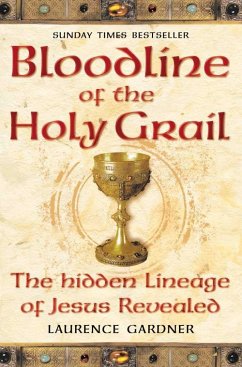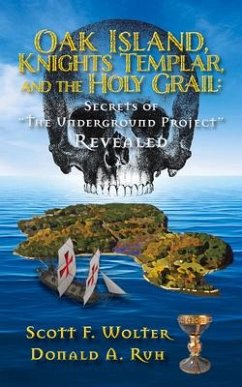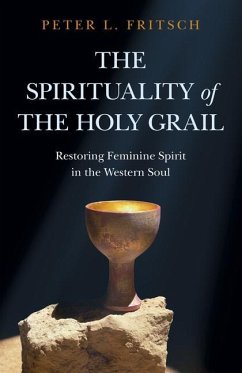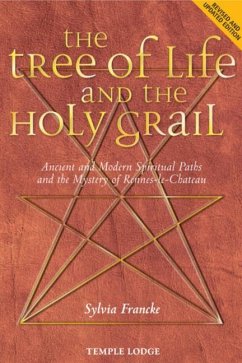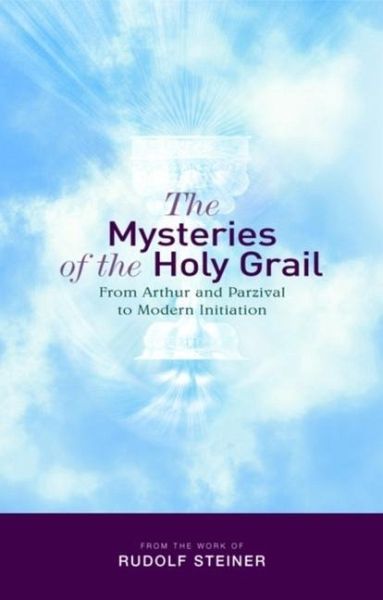
The Mysteries of the Holy Grail
From Arthur and Parzival to Modern Initiation
Herausgeber: Barton, Matthew / Übersetzer: Barton, Matthew

PAYBACK Punkte
10 °P sammeln!
From the ancient British tales of King Arthur and his knights through the medieval Central European sagas of Parzival, right up to modern-day blockbuster novels and films, the Grail has long maintained its enigmatic presence in western culture. It is said to be many things: a lost and priceless treasure, the chalice cup of the Last Supper, the cup that caught Jesus Christ's blood from the cross on Golgotha, or even a secret royal bloodline...Basing his presentations on far-reaching spiritual research, Rudolf Steiner gave profoundly esoteric, multifaceted insights into the mysteries of the Holy...
From the ancient British tales of King Arthur and his knights through the medieval Central European sagas of Parzival, right up to modern-day blockbuster novels and films, the Grail has long maintained its enigmatic presence in western culture. It is said to be many things: a lost and priceless treasure, the chalice cup of the Last Supper, the cup that caught Jesus Christ's blood from the cross on Golgotha, or even a secret royal bloodline...Basing his presentations on far-reaching spiritual research, Rudolf Steiner gave profoundly esoteric, multifaceted insights into the mysteries of the Holy Grail. Collected together for the first time in a single volume, together with commentary and notes, these passages offer vivid tableaux with a multiplicity of meanings: a story that speaks to the human soul with a depth and complexity that intellectual interpretations alone cannot begin to fathom. Just as Parzival had to encounter and engage with veils of illusion and valleys of shadow and doubt, Rudolf Steiner presents us with a similarly challenging path. This book is more than a treasure of thought and insight: it invites us to embark on a personal quest to develop the abilities and vision required for grasping the elusive Grail itself. As editor Matthew Barton writes: "The vessel of the Grail gradually descends towards us and comes into focus as we raise ourselves individually to it by piercing through the illusions of materialism, acknowledging that we ourselves can ultimately become true vessels for the spirit."





